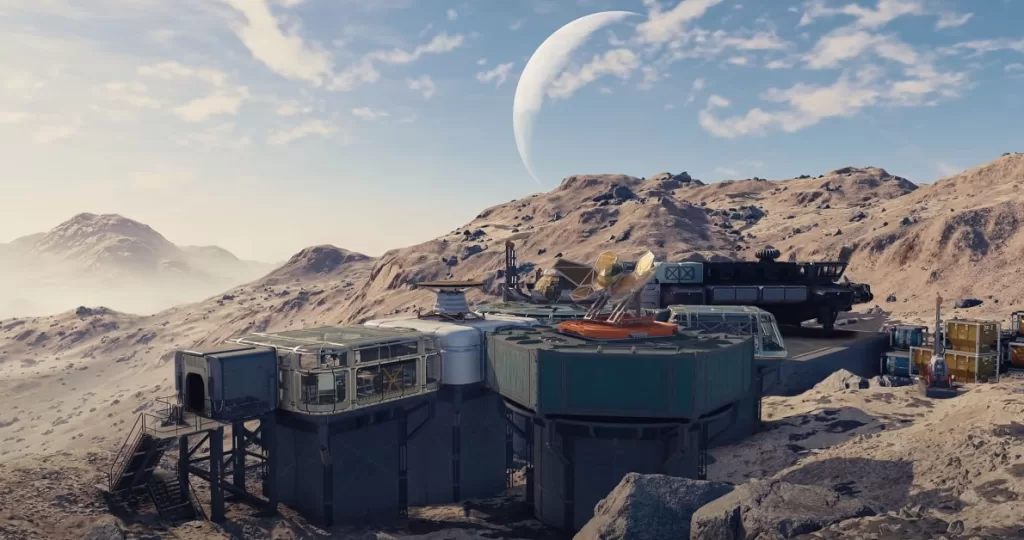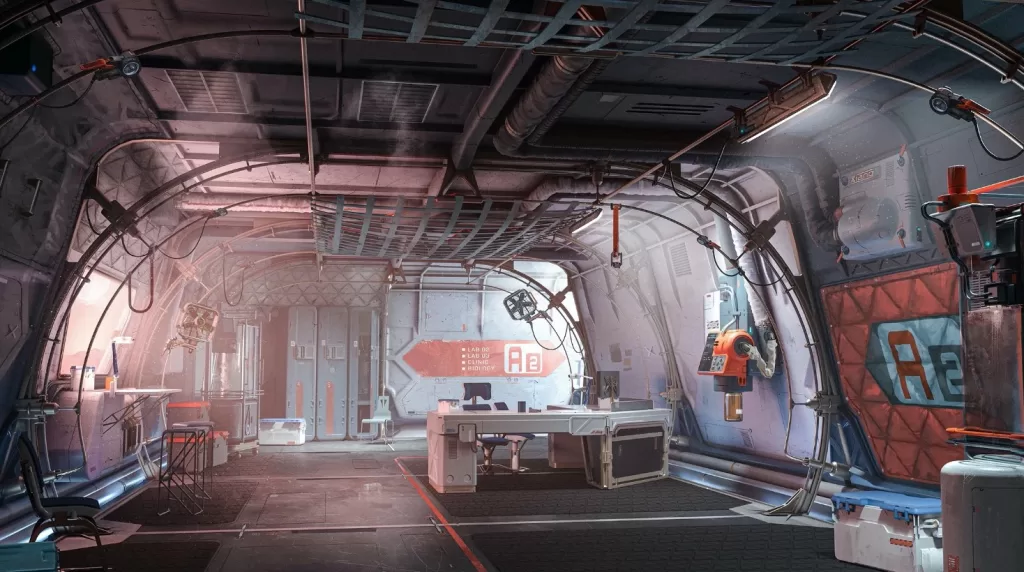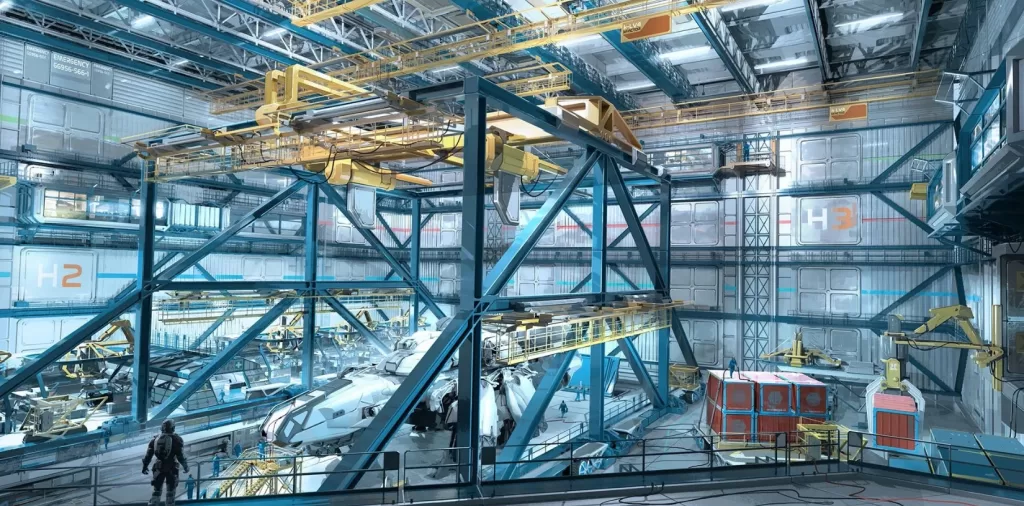Starfield Player Share the Most Disappointing Part of This Game
Starfield has finally arrived after years of eager anticipation, allowing players to explore the vast expanses of space and customize their journey. However, one key feature that many expected to be a highlight has ended up falling short – Starfield Player Share the Most Disappointing Part of This Game: the outpost building system. While Starfield overall provides an immersive and content-rich experience, the outposts fail to offer the depth and flexibility expected from a Bethesda game.

Extremely Limited Customization Options

A major selling point for Starfield was the promise of extensive base building options. Previous Bethesda titles like Fallout 4 allowed for deep customization, with a wide array of structures, textures, and configurations to create unique settlements. However, a Redditor shared that Starfield’s outposts only provide 3 basic structure shapes to choose from – circle, square, and hexagon. With no walls, floors, roofs, or other modular pieces, customization is incredibly limited.
Fallout 4 gave players prefab structures but also endless flexibility to build from scratch. Starfield forces players to stick to bland prefab buildings with no ability to divide interiors or configure layouts. Something as simple as adding a bathroom is impossible without dedicating an entire hab unit. For a game set in the future, the lack of customizable space reflects poorly on the outpost system.
Restrictive Structure Placement

Not only are customization options lacking, but arbitrary restrictions further limit outpost capabilities. For example, outposts require airlocks even on planets with breathable atmosphere. This forces ugly protruding staircases when placing doors at ground level. Airlocks make sense from a realism standpoint for hazardous planets, but feel pointless and limiting on hospitable worlds.
The massive landing pads also take up a third of usable outpost space. While understandable for landing accessibility, landing pads should scale based on ship size or be buildable separate from the main outpost. Otherwise, the huge pads are an inefficient use of limited building area. Foundations also prove difficult to place on uneven terrain, where they clip or leave huge gaps. Rather than adjust based on topography, the game simply disallows building.
Overall, the numerous overly strict requirements on outpost construction massively constrain creativity for no clear purpose. The limitations fail to match the freedom suggested by Starfield’s expansive universe.
Needless Logistical Complications
Interconnecting outposts also proves needlessly complex compared to similar settlement systems in other Bethesda games. In Fallout 4, assigning a provisioner allowed easy sharing of resources between settlements. In contrast, Starfield requires intricate outpost linking and supply line setups to achieve less effective results.
The outpost population cap also limits growth, with only 3 settlers allowed initially and 8 at maximum. Fallout 4 easily allowed double or triple that amount. The companion outpost skills also fail to function as described, providing no tangible benefits. For the amount of grinding required to hire skilled companions, their abilities should clearly impact outpost capabilities.
Overall, the confusing logistics and limited settler counts undermine the potential for dynamic outpost growth and management. The unintuitive and restrictive features detract from the streamlined experience the rest of Starfield provides.
My Personal Outpost Frustrations
To give context on how these issues impact actual gameplay, I’d like to share my own experience trying to build an outpost on the planet Barlow IV. I was excited to create a little scenic getaway next to a lovely lake, but immediately ran into problems with the foundation. The ground was slightly uneven, which apparently is unacceptable for outpost-building.
After flattening the terrain as much as possible, I tried placing the hexagonal prefab I liked, only to find that the massive landing pad took up nearly half the space! I didn’t need anything nearly that large for my small shuttle, so that was immensely frustrating.
I also wanted to build a separate hut nearby for a little yoga studio, but was unable to place any standalone buildings detached from the main outpost. The snapping system made aligning structures perfectly maddening as well. I eventually compromised on a lackluster outpost a fraction of the size I envisioned. While I adore the rest of Starfield, the outpost system badly needs an overhaul to match the rest of the experience.
Looking to the Future
While Starfield’s outposts are underwhelming, the groundwork shows promise if given proper attention. With more modular structures, larger build budgets, reduced restrictions, and better snapping/clipping, the system could become truly robust. Hopefully Bethesda expands on the foundation (pun intended) they’ve established and brings outposts more in line with expectations.
Some key improvements could include:
- More structural pieces for completely custom layouts
- Planet-specific environmental challenges to address in build strategy
- Ability to build multiple disconnected structures
- Reduced landing pad footprint or separate constructible pads
- Relaxed requirements on airlocks, foundations, etc
- Increased complexity for settlement management and growth
If even a fraction of these changes materialized, Starfield outposts could transform from a disappointment to a standout feature. But for now, the limited capabilities undermine the creativity at the heart of the game. With some patching and DLC expanding the mechanics, Starfield’s outposts could become as compelling as the rest of the experience. Only time will tell if Bethesda takes steps toward unlocking the system’s full potential.